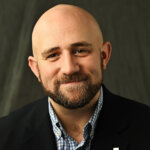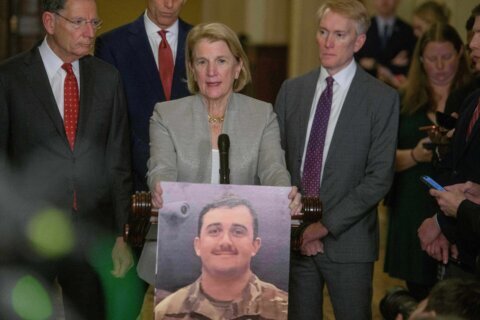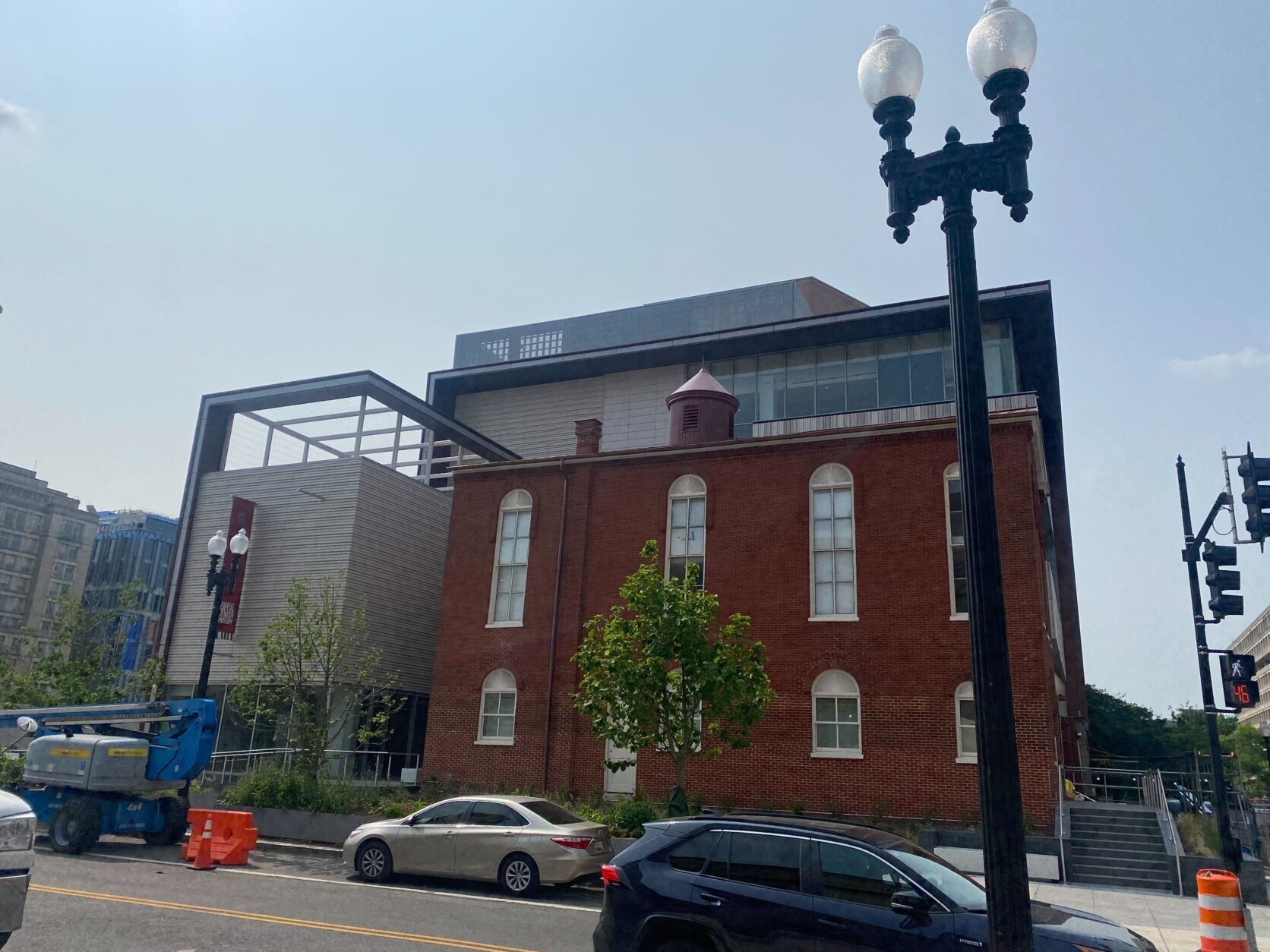
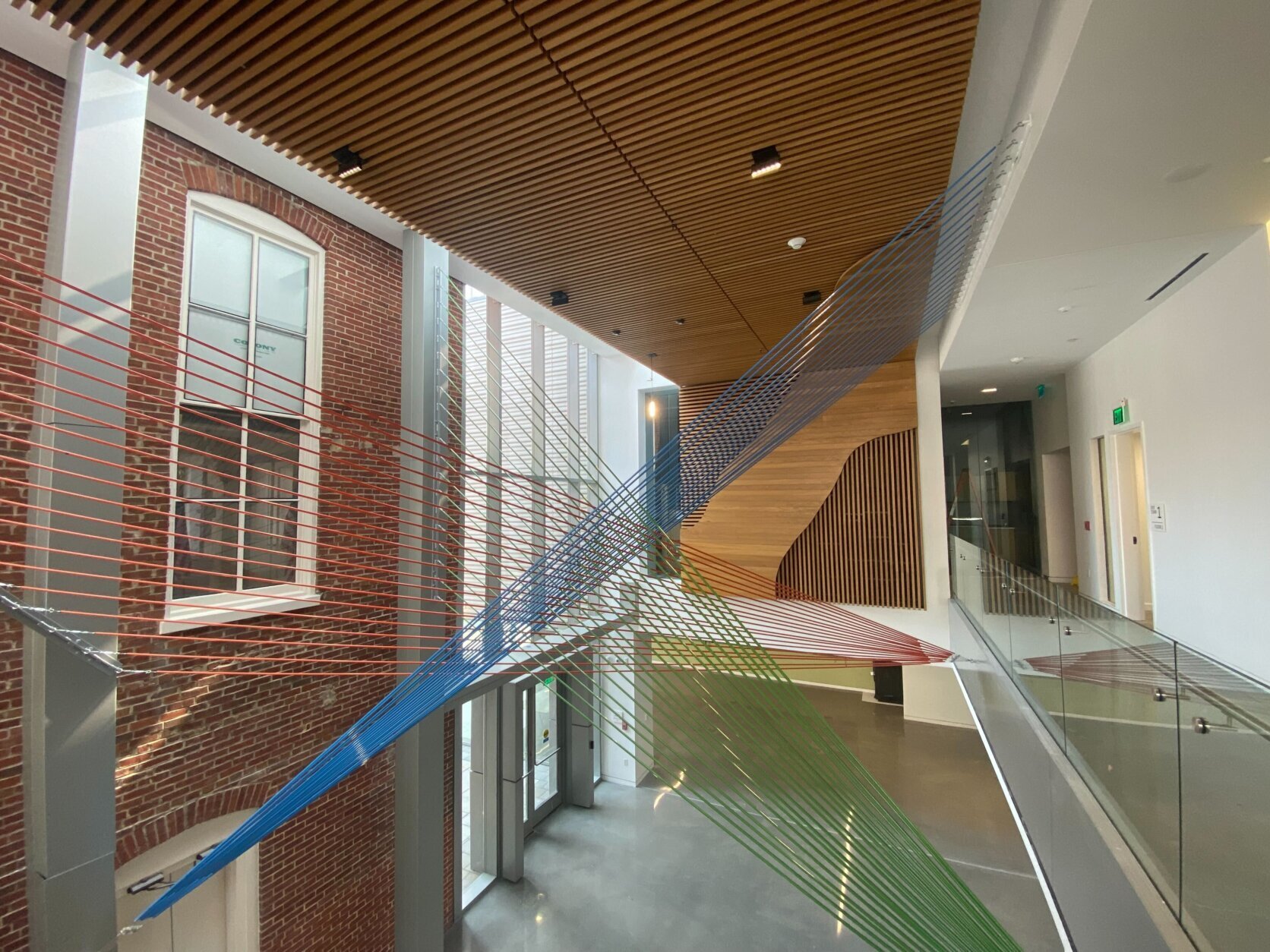
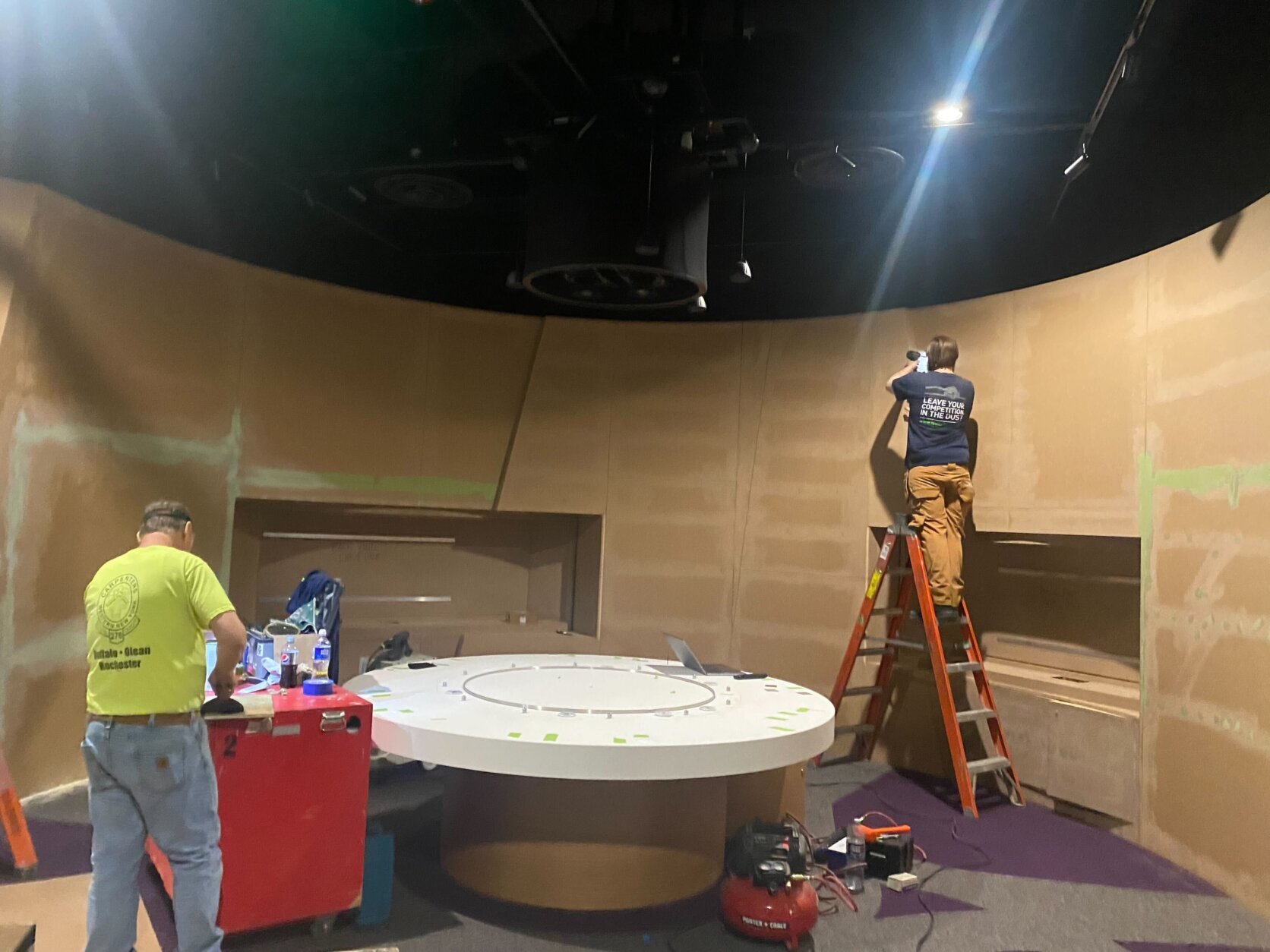
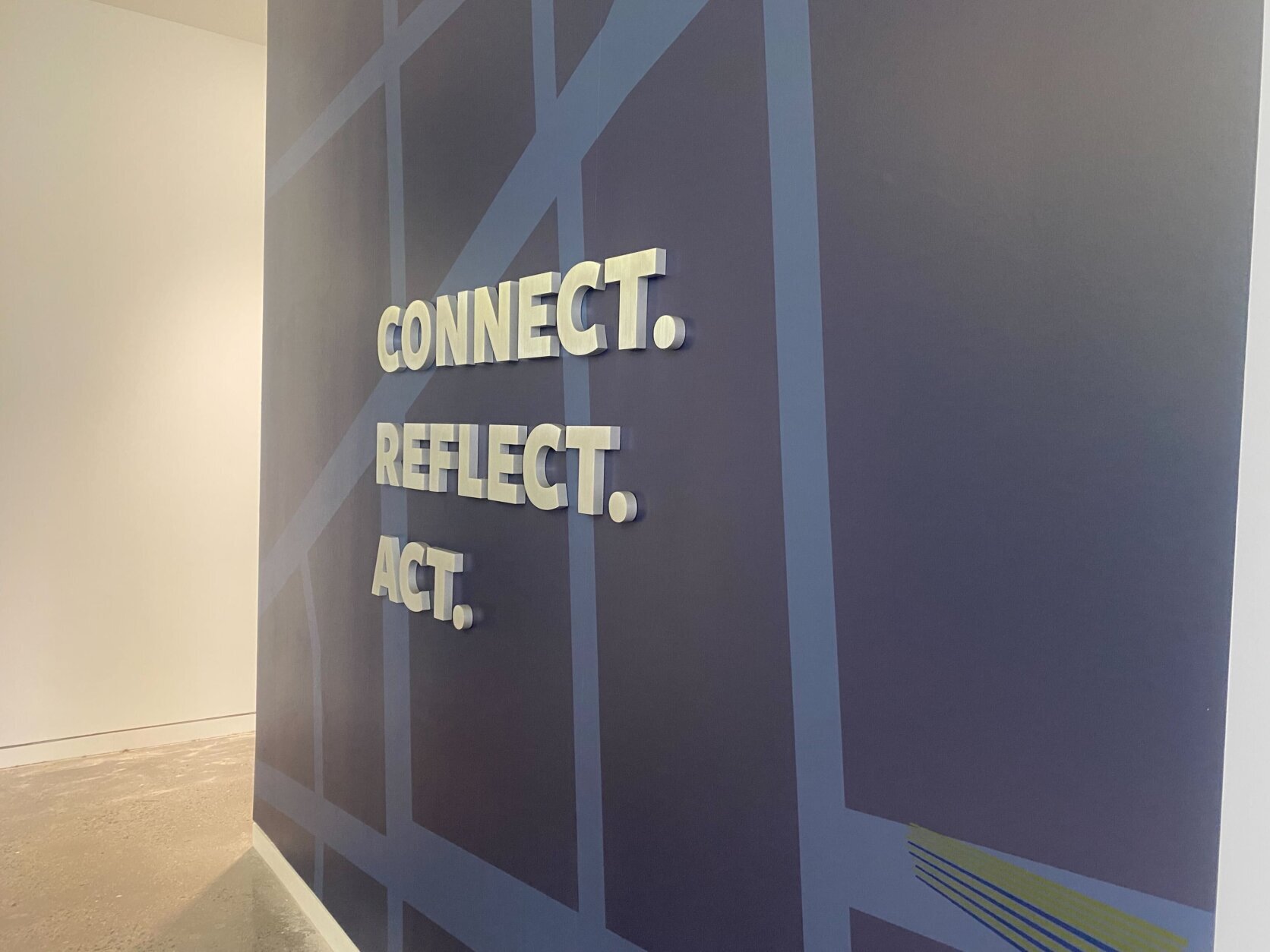
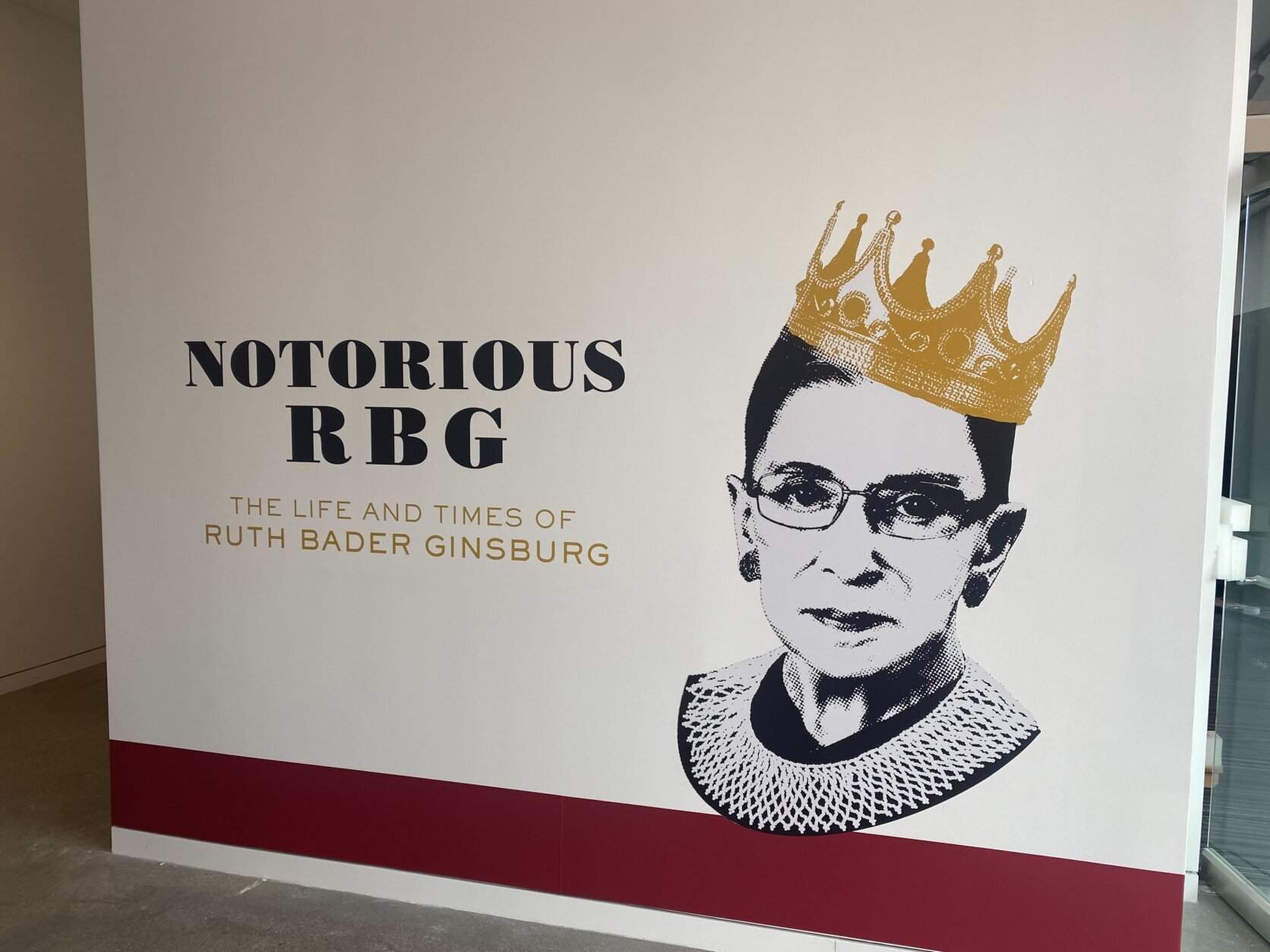
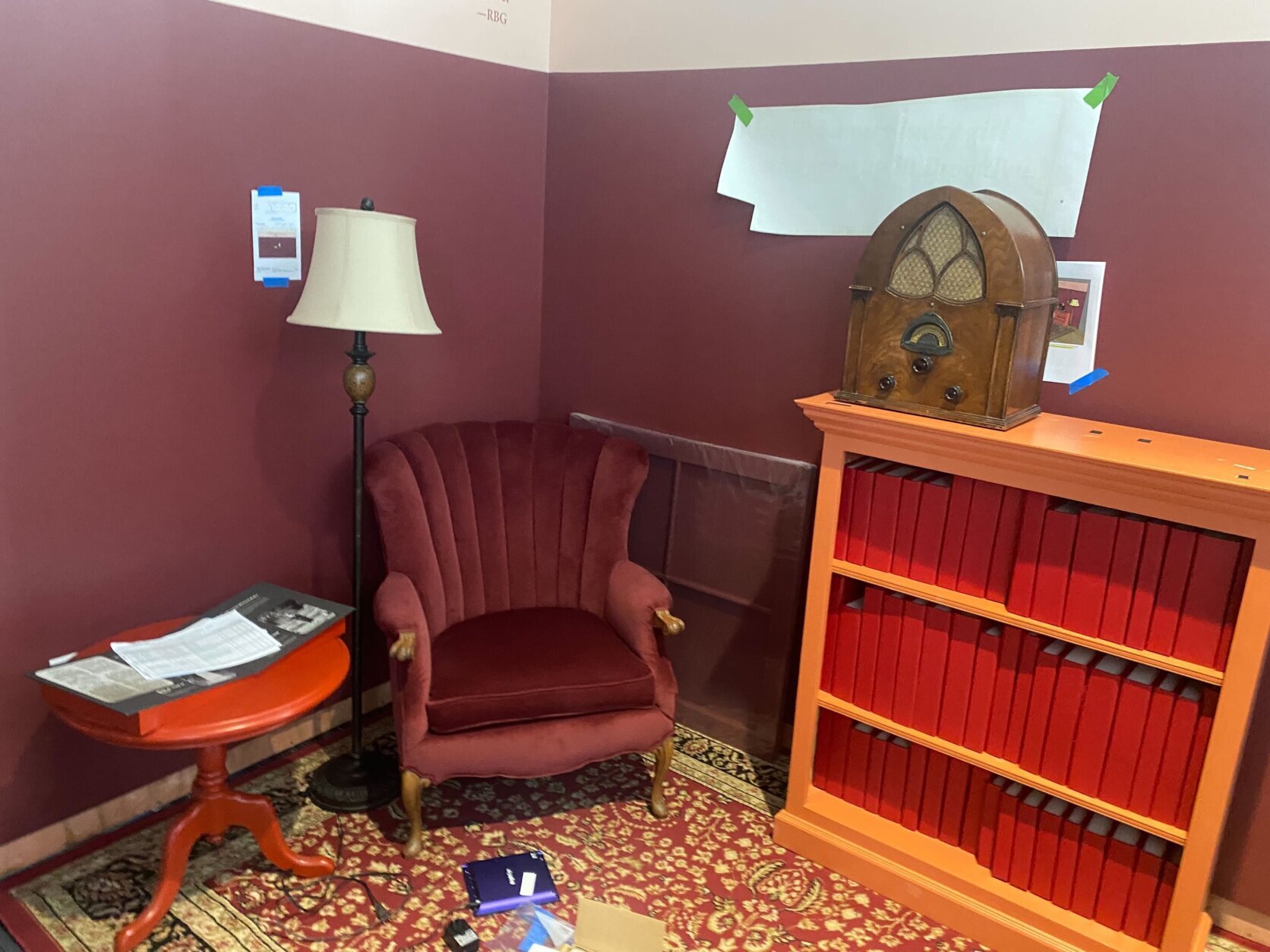
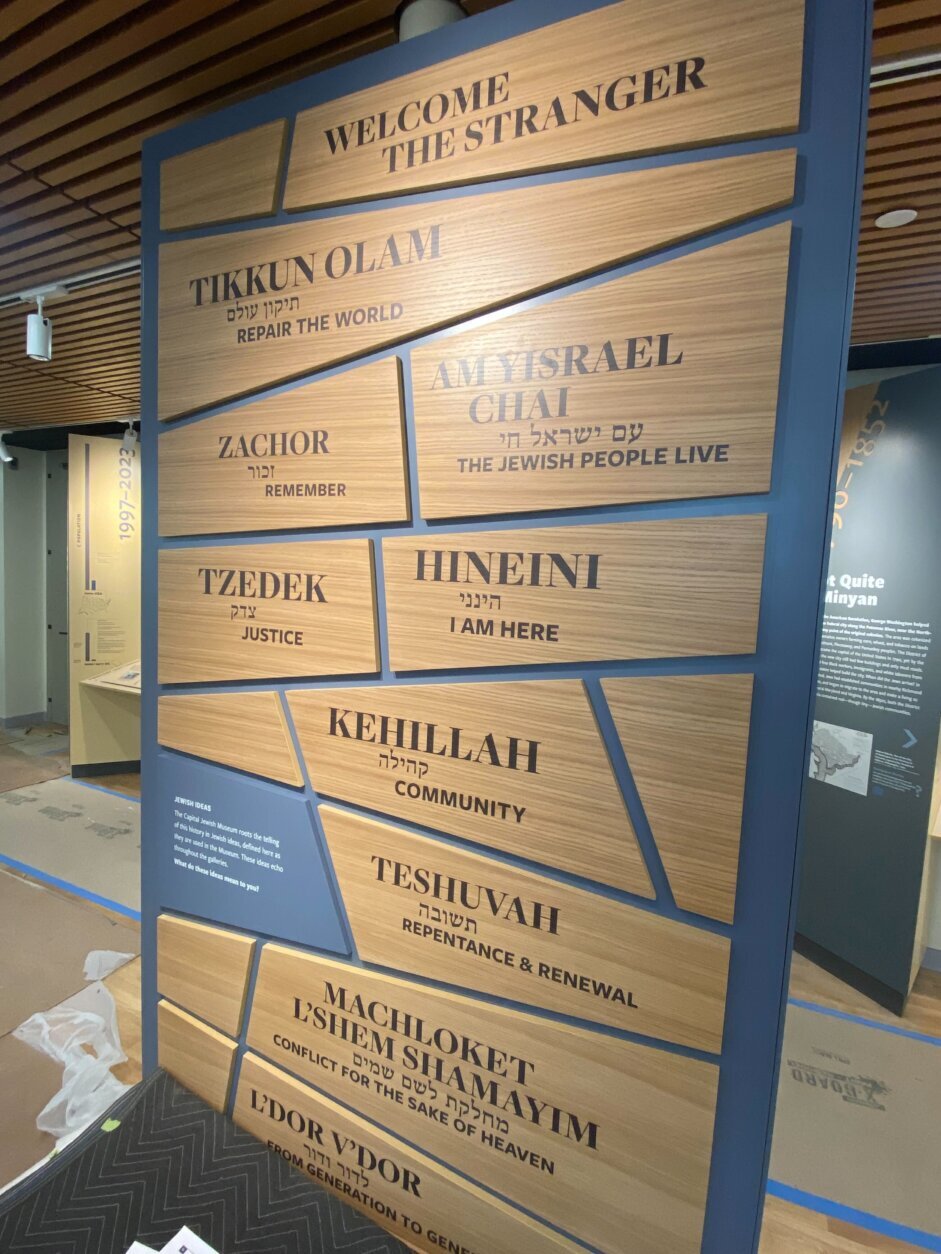
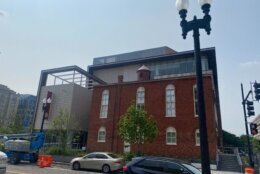
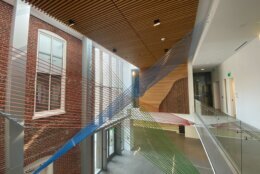
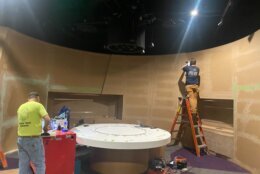
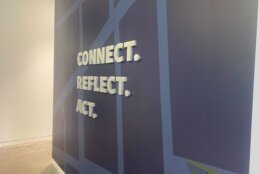
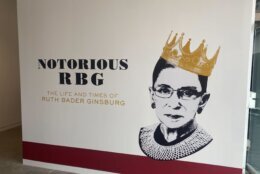
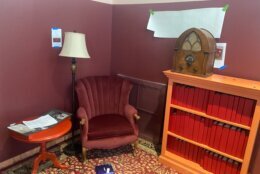
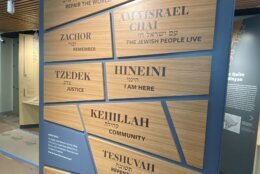
A new museum celebrating Jewish history, accomplishments and activism in the D.C. area will open its doors next month.
The Capital Jewish Museum will combine a historic synagogue with new, top of the line architecture and exhibits.
Ivy Barsky, executive director of the new museum, said Jewish history in the District dates all the way back to 1790.
“The story of Jews in D.C. is quite different than the other urban centers,” Barsky told WTOP. “Immigrants didn’t come here first, they went someplace else, and then came to D.C. because of the incredible opportunities here, especially around the federal government.”
The Capital Jewish Museum opens June 9 and houses a modern, three-story museum in combination with the historic Adas Israel synagogue.
“While we are a country with religious freedom, when the first in the District wanted to build a congregation, they inquired of their federal government and had to get paperwork from President Franklin Pierce to say, ‘Yes, these liberties extend to the Jewish community,’” said Barsky.
It is the city’s first synagogue and was dedicated on June 9, 1876. It was originally built on Sixth and G Streets, just a block away from its current location at the corner of Third and F Street.
President Ulysses S. Grant attended the dedication service that day with his son.
“It was the first time an American president attended a Jewish service. And he also made a $10 contribution, which was considerable at the time. And I think it was very meaningful for him to be there,” said Barsky.
The second floor of the synagogue features a recreation of what President Grant saw that day, complete with a video feature discussing the history in detail, while the first floor addresses early Jewish history in the D.C. area.
When you walk across the bridge on the second floor, you enter the modern museum floor.
Barsky told WTOP that bridge literally and symbolically connects the past and present.
The next exhibit visitors will see is “Connect. Reflect. Act.”
In the gallery, visitors can work an interactive map table, where they can see the growth and movement of the Jewish community over the decades. They’ll also be able to look up historic Jewish-owned businesses, synagogues and organizations.
There is also an interactive Passover Seder table that elaborates on the Exodus story, as well as more recent Exodus stories, such as the Soviet Jewry movement and the Exodus 1947 ship.
“As we do around Seder tables, we argue, try to change each other’s minds,” she said. “So it’s both really serious and fun, as we think a lot of ‘Connect. Reflect. Act.’”
Both are part of the museum’s “tikkun olam” or “repair of the world.”
“It’s a really central part of Judaism for a lot of people. And I think for a lot of young people, that is how they connect to their Jewishness,” said Barsky. “Whether it’s climate change, or reproductive rights, or antisemitism, we have the ways for folks to explore what those issues are — what Jewish law and what American law say about them,” she said.
The first traveling exhibit exemplifies Judaism and its connection to politics and justice.
The third floor exhibit “The Notorious RBG: The Life and Times of Ruth Bader Ginsburg” will be the final stop at the museum.
“She had a very special relationship with D.C.,” said Barsky. “It talks about how she became a cultural icon and a pop culture figure. But it also deals with cases that she was involved in and what the stakes were in those cases.”
The museum’s permanent collection includes more than 24,000 digital and print photographs, 1,000 objects and 800 linear feet of archival materials from the 1850s to the present day, including oral histories and personal papers.
While the main exhibits are free for the public, a small fee will be collected for traveling exhibits.

